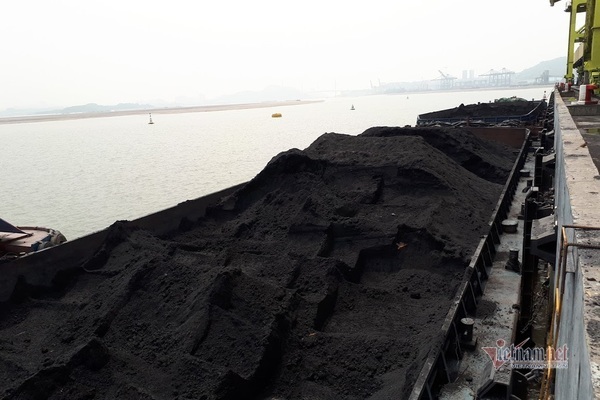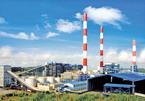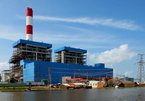According to the Vietnam Coal and Mineral Industries Group (Vinacomin), the miner has a quota for exporting 2 million tons of coal in 2019. However, it estimates that only 1.2 million tons would be exported this year.

Dong Bac Corporation is allowed to export 50,000 tons of coal, but it can export 10,000 tons only.
Vinacomin’s and Dong Bac’s major export markets are Japan, South Korea and southern European countries with very high requirements on coal quality and delivery.
In early 2019, the coal price in the world was at a high level, while Vietnam’s coal exports, with high quality, were attractive to foreign buyers. However, the tardiness in approving coal export quotas caused miners to miss opportunities to export coal at good prices.
| In early 2019, the coal price in the world was at a high level, while Vietnam’s coal exports, with high quality, were attractive to foreign buyers. However, the tardiness in approving coal export quotas caused miners to miss opportunities to export coal at good prices. |
Only in May, when the coal export plan was approved could Vinacomin and Dong Bac begin organizing the export plan. Meanwhile, by that time, traditional partners, especially Japan, had found alternative supply sources.
Later, the coal price in the world market began going down and it became more difficult to find new partners.
2019 is the third consecutive year in which miners cannot use up the export quota allocated by the Ministry of Industry and Trade (MOIT). In 2017 and 2018, the real export volume was also lower than allowed.
According to MOIT, the export volume in 2017 and 2018 of the two miners was over 4 million tons, including more than 2 million tons of lump coal, coal dust for Japan, South Korea and some European countries, while the other 2 million tons of coal dust from Vang Danh - Uong Bi mine (a kind of coal with low quality, high sulfur, low domestic demand) was for the markets of China, Thailand and South Korea.
However, in 2017, Vietnam could not export this kind of coal, and in 2018, only 50,000 tons were exported to Thailand.
MOIT said the major reason behind this lies in the Chinese regulation on applying quality barriers to import coal.
Imports of different kinds, before being imported to China, must be inspected to ensure it can satisfy the standards set by the Chinese government. Vietnam's anthracite coal cannot meet the standards.
Also according to MOIT, from now to 2030, some kinds of coal, suitable for high-quality steel (stainless steel) manufacturing technologies from Japan and South Korea, will be in abundance, about 2.1 million tons a year. This kind of coal only exists in Vietnam.
Meanwhile, Vietnam lacks some kinds of coal to run thermopower plants. According to the General Department of Customs, in 2018, Vietnam imported 23.78 million tons of coal.
Luong Bang

Vietnam urged to stop investing in coal-fired thermal power
If Vietnam stops investments in new coal-fired thermopower projects, the total amount of coal it would consume could drop by 221 million tons by 2050.

Reducing investment in coal-fired power plants recommended to save Vietnam's environment
LNG could replace coal in the power sector at a higher cost but would cause less pollution.
 Coal miners are allowed to export 2 million tons of coal, but they have not used up the yearly quota.
Coal miners are allowed to export 2 million tons of coal, but they have not used up the yearly quota.